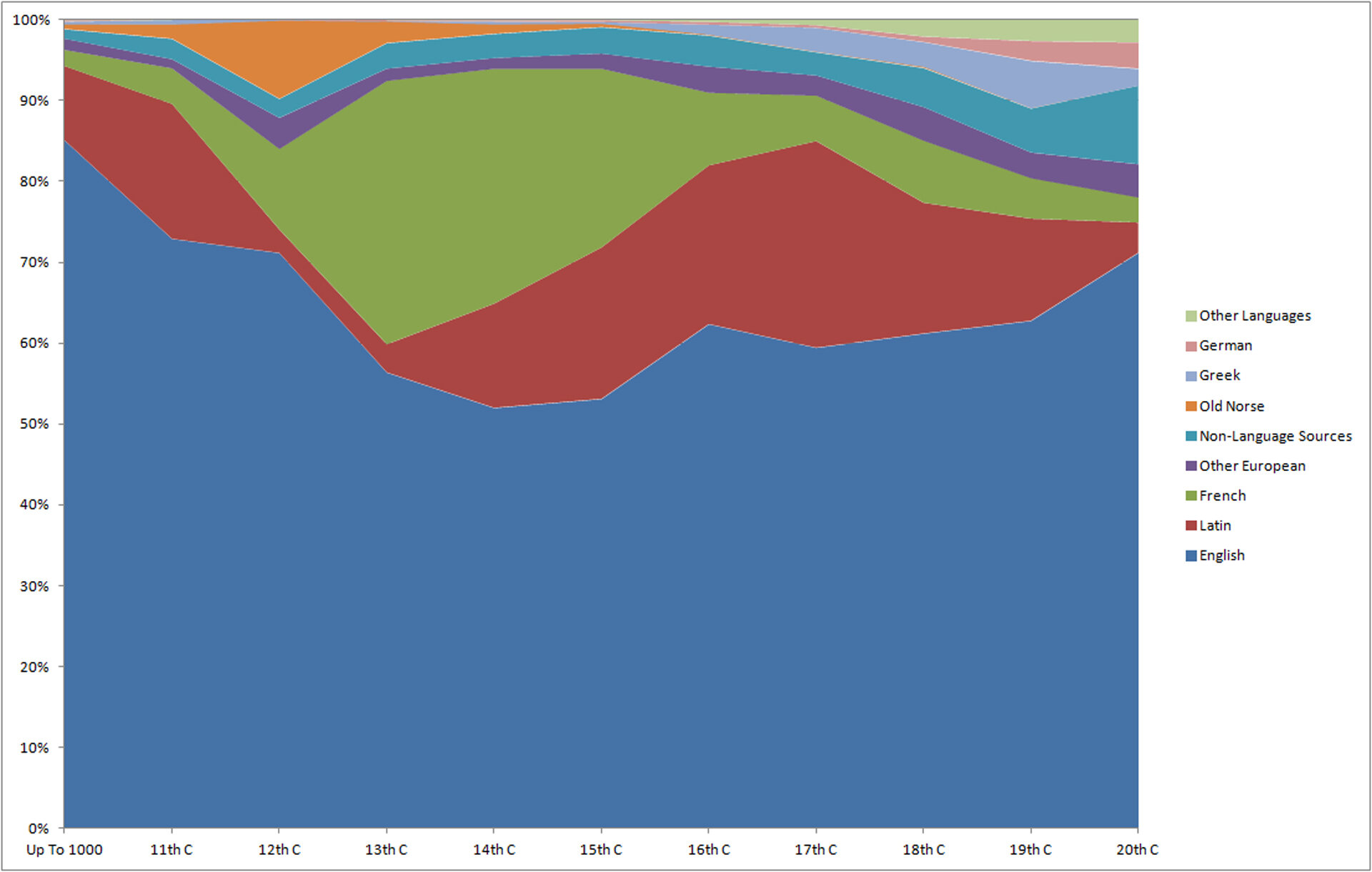6 June 2014
James Somers wrote a blog post on dictionaries a week or so ago, in which he extols older, more poetic dictionary definitions, criticizing modern dictionaries for being flat and uninspiring. He uncovers a very useful technique for punching up writing, one favored by famed, non-fiction writer John McPhee, but in the process Somers falls into a trap that many non-linguists do, ascribing to the myth that when it comes to language authority older is better. To put it bluntly, Somers is probably using the wrong dictionary.
Overall, Somers’s piece is a nice paean to older dictionaries, which are indeed fun to peruse. It’s true that the style of older references is more engaging than the crisp, dry style favored today. And in particular, Somers’s explication of McPhee’s method for using the dictionary is quite useful. McPhee’s technique is a good one for punching up writing in that final stage of editing, enabling a writer to turn a banal word into an evocative phrase. The blog post is well worth reading for these nuggets.
But as advice as to which dictionary to use as a general reference, Somers’s piece falls into the same category as those writings that elevate Strunk and White to a linguistic godhead. When it was first published in 1959, Strunk and White’s The Elements of Style was a quirky and idiosyncratic style guide filled with errors about how English is actually used. Nowadays, it remains quirky and inaccurate, but it is also woefully outdated, over sixty years old in its current incarnation and based on the original work by Strunk which is over ninety-five years old. The Elements of Style, while perhaps fun to read in places, is a lousy guide for writers. The fact that it is old makes it worse, not better.
The same is true of Somers’s extolling of Merriam-Webster’s 1913 edition of its dictionary. Recently edited dictionaries are generally better for two main reasons: they reflect English as it is used today, and modern lexicographers simply know more and are better at their job than those in days past. The meanings of words change over time; they acquire new senses and connotations, and old senses fall out of use. Relying on a hundred-year-old dictionary is a sure way to insert anachronisms into your writing and to miss connotations and subtleties that have developed over the past century.
And lexicographers are simply better nowadays; they have more information and better tools to analyze the corpus of English. Somers evokes the image of Noah Webster slaving away alone by candlelight, churning out his dictionary, comparing that image favorably with the modern teams of lexicographers using computerized tools and digital databases in an antiseptic office environment. But the simple fact is that one person working alone is bound to get a lot wrong, and a single person in 1828, no matter how brilliant or skilled, simply cannot match the power and scope of today’s digital corpora of English. Noah Webster’s definitions may be poetic in places, but they are also idiosyncratic, reflecting a single person’s views on the language.
Somers uses sport and one of the definitions from the 1913 dictionary as an example. The definition is “diversion of the field.” Somers cites McPhee’s use of this definition, and indeed, McPhee makes brilliant use of it. But as a dictionary definition, does it work? What the heck is a “diversion of the field”? One has to sit and cogitate on that a moment before figuring it out. The definition is imprecise and open to interpretation. The dictionary does add examples, “as fowling, hunting, fishing, racing, games, and the like, esp. when money is staked,” which help. But the entry still omits the most common use of the word today, which the OED (2008) defines as, “an activity involving physical exertion and skill, esp. (particularly in modern use) one regulated by set rules or customs in which an individual or team competes against another or others. Freq. in pl.” If you attempt to use sport in accordance with the definitions of Webster’s 1913, you run a strong risk of anachronistic writing. The main use of the word today was rare a century ago, and the most common use then is relatively rare today. McPhee got away with it because canoeing is the type of activity envisioned by the older definition, but to apply “diversion of the field” to the NFL in 2014 would simply court confusion and head-scratching.
Compare the 1913 definition to the current ones offered by Merriam-Webster Online: “a contest or game in which people do certain physical activities according to a specific set of rules and compete against each other : sports in general : a physical activity (such as hunting, fishing, running, swimming, etc.) that is done for enjoyment.” Sure, these definitions have nothing as evocative as “diversion of the field,” but they are precise, useful, and current.
By all means, read the 1913 Webster’s for enjoyment. Use it as McPhee does to find inspiration. A good and careful writer can avoid the pitfalls of an anachronistic or quirky resource. But as a general reference, you need a crisp, antiseptic, and up-to-date dictionary.




